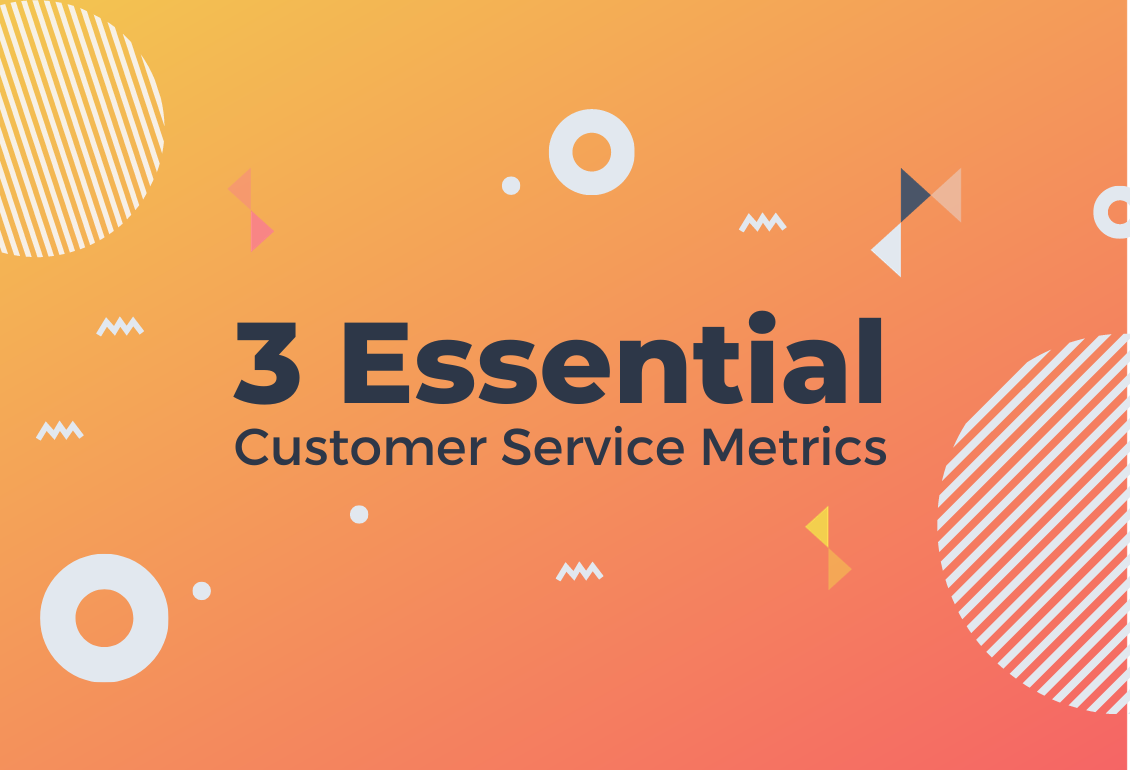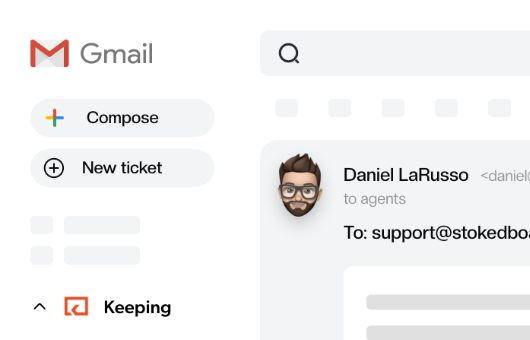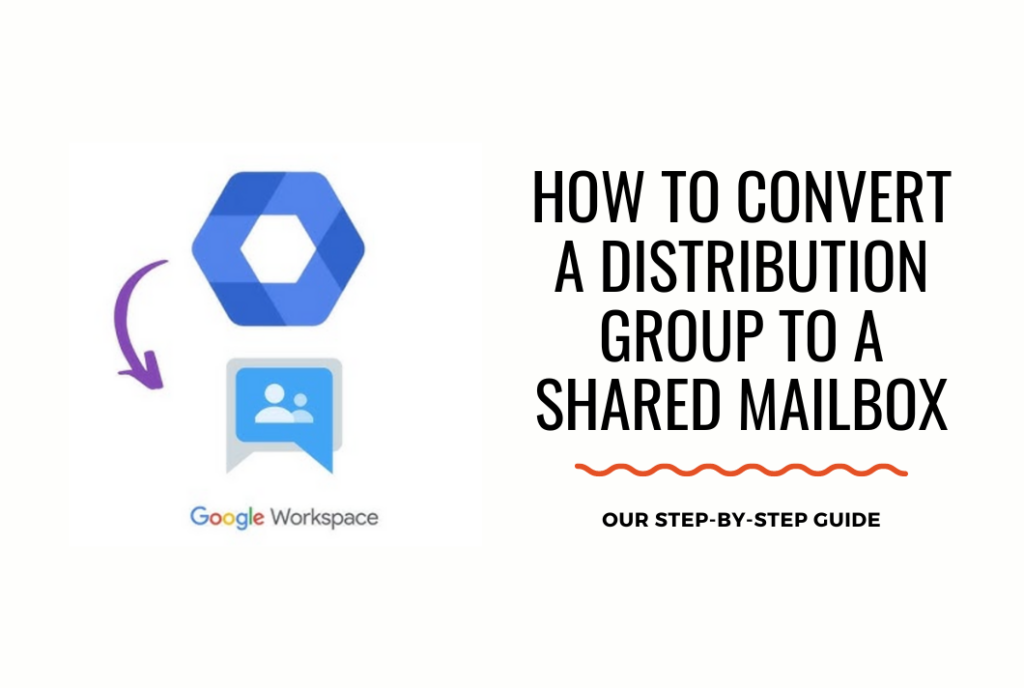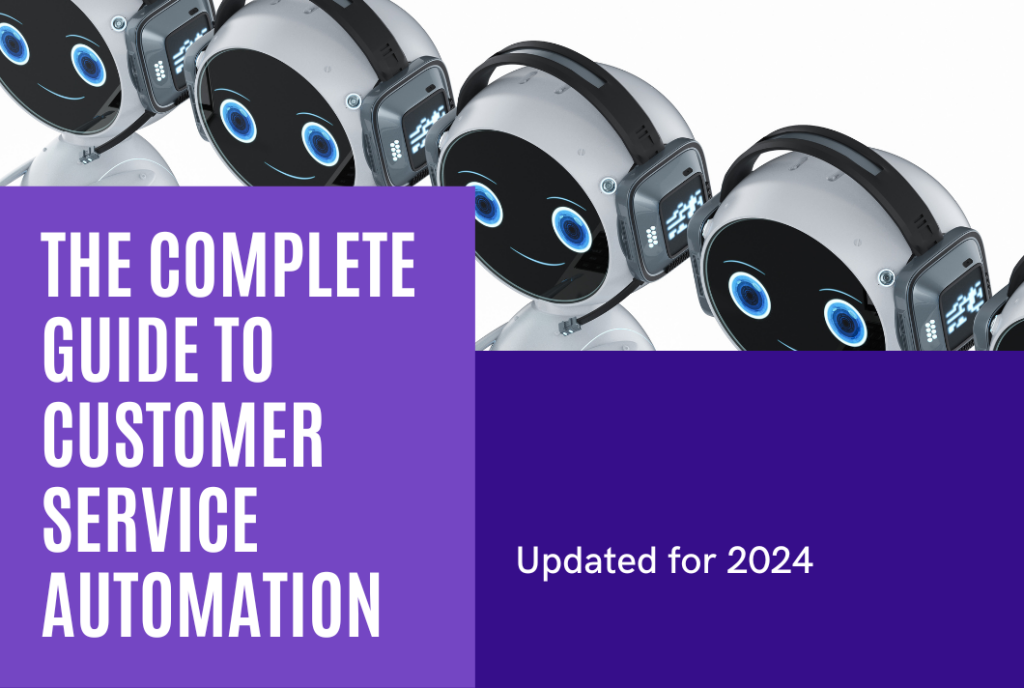
3 Essential Customer Service Metrics
You can’t improve something if you don’t measure it. Understand how to calculate Net Promoter Score, Customer Satisfaction Score, and Customer Effort Score for your company.
Globally, 96% of customers say that customer service is an important factor in their choice of loyalty to a brand. Customer service is critical in driving customer retention and increasing Customer Lifetime Value.
So businesses need to place an emphasis on improving their customer service levels in order to satisfy more customers and drive sales.
You can’t improve something if you don’t measure it. This saying holds true for all areas of business but especially customer service. That’s why you need to track customer service metrics.
Customer service is all about dealing with people, but if you want to reduce customer churn, you need the cold, hard data to assess your performance and understand what areas could be enhanced.
The importance of tracking customer service metrics
It’s a tough job working in customer service. There’s a pressure to keep costs down, all the while providing the high level of service that customers expect to ensure they get the most out of your products and services.
Without tracking customer service metrics, customer service representatives are left in the dark about how successful their efforts are. Metrics help you understand to what extent your customer service initiatives are meeting customer needs.
Customer service metrics also help you locate areas where your business can improve and identify processes that are not working well. You can find out whether your customer service operations are getting better over time, and reward employees who are delivering stand-out customer service.
With customer service metrics on hand, you can set up objectives for your customer service team to aim for. Your team will be more focused when they are striving for goals and this will raise morale when they meet their targets.
Having goals to meet will mean you know when you have been successful, and you can use it to make a case for arguing for more resources for customer service by showing the value that your team can bring to the business.
The difference between customer service metrics and customer service KPIs
To understand the difference between metrics and key performance indicators (KPIs), let’s first look at the definition of a metric.
A metric is a measurement of the overall effectiveness of your business. You’re not aiming for any result in particular – you simply want to get an idea of how well your business is performing in a particular area. Net Promoter Score is a good example of a customer service metric.
And what is a key performance indicator (KPI)?
A KPI is a metric that you use to measure whether your support team is meeting business goals. KPIs have a targeted overall objective that your business is striving to achieve. KPIs mark progress made towards a specific goal.
All KPIs fall under the category of metrics, but not all metrics are classified as KPIs. You need to use both if you want to measure your customer service performance.
3 customer service performance metrics to track
Net Promoter Score (NPS)
Net Promoter Score is a measurement of how likely a customer is to recommend your product or service to other people. It’s helpful in gauging overall brand loyalty. NPS is critically important because word-of-mouth recommendations carry so much weight when trying to acquire new customers.
Businesses with a high NPS can be assured that their customers will be writing positive reviews and sharing their experiences on social media, which is a powerful kind of marketing that money can’t buy. Word-of-mouth marketing results in five times more sales than paid ads, and 88% of people had the highest level of trust in a brand when a family member or friend recommended it.
If you receive low ratings from customers you can start reaching out to them to find out if there is a problem that can be solved.
How to measure: You send out customer satisfaction surveys to customers asking a question like “How likely are you to recommend [business name] to a friend or colleague?”
Customers who respond to your NPS survey are split into three categories:
- Promoters: customers who chose 9 or 10 on the survey.
- Passives: customers who chose 7 or 8 on the survey.
- Detractors: customers who chose 0 – 6 on the survey.
To calculate your overall NPS score, you must work out the percentage of promoters minus the percentage of detractors.
Customer Satisfaction Score (CSAT)
Customer Satisfaction Score is a way of measuring how satisfied a customer is with a specific support interaction, or your products and services in general. While the concept of satisfaction can be vague, these kinds of surveys are a good way of measuring customer sentiment after particular interactions with your company.
You can send out customer surveys after critical stages in the customer journey, such as talking with customer service or just after they bought a product. If customers give a low score, you’ll need to carefully analyze what went wrong and see how you can improve your offering.
How to measure: You send your customers a survey with a question such as “How satisfied were you with your experience? Please rate your experience from 1 – 5.” 1 is very unsatisfied and 5 is very satisfied. Then you take the number of satisfied customers and divide that by the total number of survey responses multiplied by 100. This gives you your percentage of satisfied customers.
Customer Effort Score (CES)
Customer Effort Score measures how easy it is for a customer to complete an interaction with your company or use your product or service. Respecting a customer’s time is one of the most important things a business can do to earn their loyalty and ensure they continue to be a customer in the future.
Customers who find it too difficult to interact with your business are likely to start looking elsewhere. It’s important to track CES because you can then find out where the friction is and start looking into making improvements.
How to measure: Ask your customers “How easy was it to complete your interaction today?” along with a measurement on a scale of 1 to 5, with 1 being very difficult and 5 being very easy. The formula to work out your score is the number of customers who chose 4-5 divided by the number of survey responses multiplied by 100.
It’s important to include a follow up question such as “Please tell us why you gave us this rating” so you can find out where things went wrong and strive to improve .
5 customer service KPIs to track
First response time (FRT)
First response time tracks how long it takes for a customer to first hear from a representative, whether that’s in minutes, hours or days. It tells you the amount of time a customer has to wait before they receive help from your business.
The longer a customer has to wait for a response from your business, the more annoyed they will become and even minor issues may turn into big inconveniences. FRT drives customer satisfaction and a response that is perceived as fast makes a far better impression on customers than having to wait in a long queue.
60% of customers feel that long wait times are the most frustrating part of a service experience. If your first response time is higher than you would like, consider hiring more agents to deal with the influx of customer queries.
In general, the lower the response time taken to respond to customers, the higher the level of customer satisfaction. Different channels have different expected response times: for email, it’s 24 hours, social media is 60 minutes, and phone is 3 minutes.
Keeping’s customer support help desk software for Gmail allows you to easily measure the first and average response time of your team using built-in analytics
How to measure: First response time is calculated by taking the total of all response times divided by the number of resolved tickets. You shouldn’t include responses that are the result of chatbots and tickets that come in when your business isn’t open.
Average Handle Time (AHT)
Average Handle Time (sometimes called average resolution time) measures the total time it takes for a customer service agent to actually resolve an issue for a customer. Naturally, customers expect fast resolution time and they don’t want to engage in excessive back-and-forth with an agent before they can have their issue resolved.
The data backs this up – 90% of customers regard issue resolution as their most important customer service issue. Customers are deeply concerned with having their issues resolved and having well-skilled and expertly trained customer service agents is the way to deliver on this.
While this metric is important, rushing through customer tickets isn’t the answer to lowering Average Handle Time. It’s even more crucial to ensure that customers are receiving a satisfactory response to their query as it is to give them a fast resolution.
How to measure: Average Handle Time is calculated by taking the total handle times of all tickets and dividing it by the number of tickets received.
First contact resolution rate
First contact resolution rate means your customer only has to reach out to your support team once in order to get their issue resolved. Customers hate being passed from agent to agent and they appreciate having their problem fixed during the first point of contact.
71% of customers believe a quick response from a customer service team can drastically improve their customer experience. The key to boosting this metric is to train your agents to be knowledgeable and empower them to solve problems the first time round.
First contact resolution rate is only going to decrease if support staff have to seek a manager’s permission in order to resolve customer requests.
How to measure: Take the total number of tickets with first contact resolution and divide that by your total number of tickets. Multiply by a hundred to get your first contact resolution rate.
Overall resolution rate
Overall resolution rate is the number of tickets you can successfully solve. Unfortunately, it’s not always feasible to provide customers with a positive resolution, no matter how hard you try. A proportion of your number of tickets must be marked unsolved.
83% of customers agree that they feel more loyal to brands that respond to and resolve their complaints. So you need to aim high when it comes to overall resolution rate and try to solve as many tickets as possible. If you can’t or won’t solve a customer issue then this may impact negatively on their decision to do business with you again.
If your resolution rate is on the low side, try looking into the roadblocks that prevent a successful resolution. Explore if there are particular types of tickets that are bringing resolution rate down and work to find solutions.
How to measure: Work out the total number of resolved tickets divided by the number of unresolved tickets to get your overall resolution rate.
Customer Retention Rate (CRR)
Customer Retention Rate is the percentage of customers that the business has retained over a period of time – it’s a way to measure customer loyalty. This is an important KPI for customer service teams because customer service plays such a huge role in continuing to provide ongoing value for customers. In essence, it’s the opposite of customer churn.
Retaining more customers earns your business more money. Increasing Customer Retention Rate by 5% increases profits by 25% to 95%. It’s much easier to sell to an existing customer than it is to persuade a new customer to buy from you – 60-70% probability compared to the 5-20% of selling to someone new.
Customer Retention Rate is particularly relevant for customers who offer a subscription-based service. Their goal is to build a long-term relationship with their customers who reward the company with ongoing loyalty and satisfaction.
How to measure: Calculate Customer Retention Rate by recording:
- S – the number of customers at the start of the period
- E – the number of customers at the end of the period
- N – the number of customers added during the period
Then you take these figures and input them into this formula: [(E-N)/S] *100 = CRR.
Final remarks
Tracking these important customer service metrics is the only way you’ll be able to reduce customer churn and find out how your team is performing. It’s important to move beyond “gut instinct” and really look at the numbers to find actionable data.
Relying on the metrics alone won’t be enough to help you build an exceptional customer experience. Metrics are a starting-off point that can point you in the direction of beginning to look for improvements – you’ll also need to pay attention to customer feedback.
Customer satisfaction scores tell you whether the changes you make are really having a demonstrable impact on your customer service. They’re a way for you to show the real-world value of customer service and the role it plays in retaining satisfied, happy customers.
Join 150+ teams that are sharing inboxes with us
The easiest way to upgrade your shared Gmail account. There’s no credit card is required.






